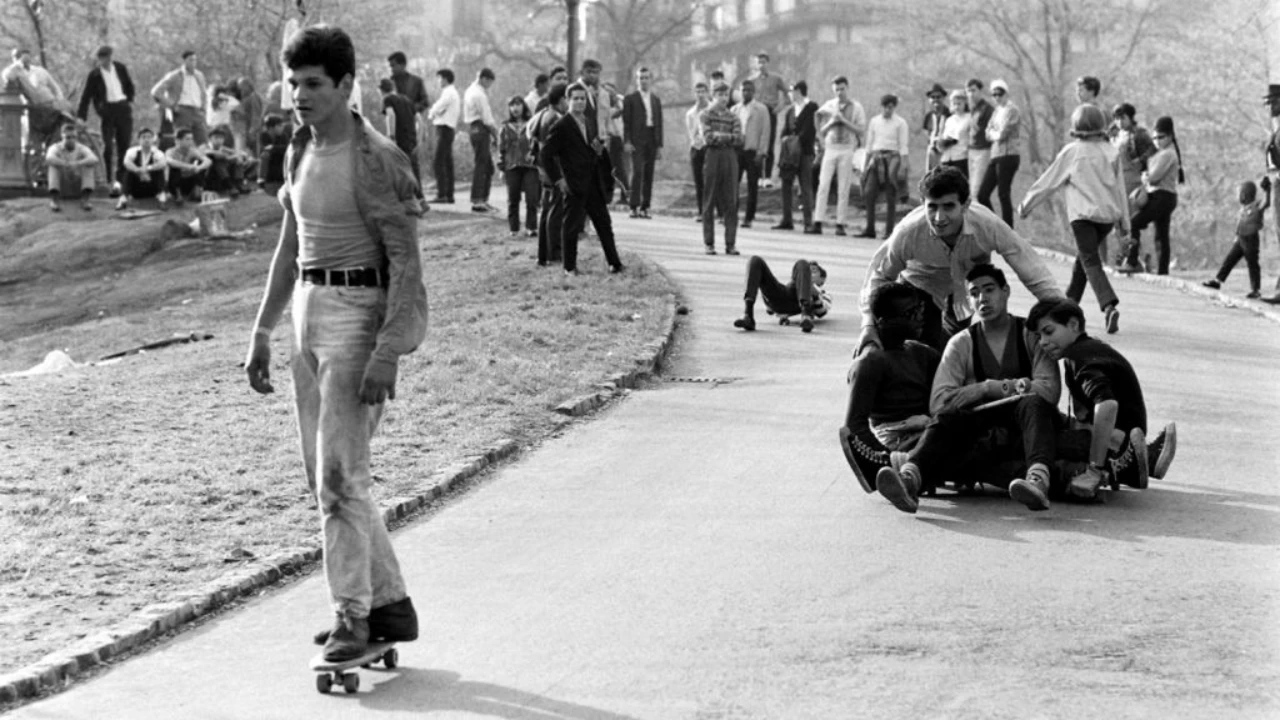Are you on a quest to uncover the mastermind behind skateboarding’s inception? Whether you’re intrigued by the history of skateboard invention or eager to learn about the innovator, you’ve landed in the right spot. This article will intricately unravel the answer to the question, Who invented skateboarding? Born in the garage and influenced by surfboards and surfing, skateboards, and skateboarding epitomize American creativity and ingenuity. Join us as we delve into the details of the captivating journey behind the invention of skateboarding.
Table of Contents
The Early Days of Skateboarding
The roots of skateboarding can be traced back to the early 20th century when a group of surfers sought a way to replicate the feeling of riding waves on land. In the 1940s and 1950s, homemade scooters with wheels were fashioned by surf enthusiasts as a way to “surf” on concrete when ocean waves were scarce. These rudimentary contraptions, known as “sidewalk surfers,” laid the groundwork for the modern skateboard.
The Kne-Koster from 1925, Scooter Skate from the 1930s, Flexy-Racer from 1932, and Skeeter Skater from 1945 were the predecessors of the skateboard we know today. In the next five decades, skateboard wheels ripped from strap-on roller skates were the only wheels available to riders.
“Many skateboards were created by La Jolla surfers like George ‘Buster’ Wilson and Peter Parkin in the 1930s and 1940s by stripping out crate and handlebar components (…). The first skateboards were essentially scooters without crate and handlebar components (…).”
“Instead of the two-by-four inch wood strip, a shorter wooden deck could be installed measuring around 20 inches long by six inches wide.”
“While skateboards are smaller, easier to store, and more maneuverable than scooters, they still stop when encountering rough surfaces or small pebbles.”
The Homemade toy: Skateboard
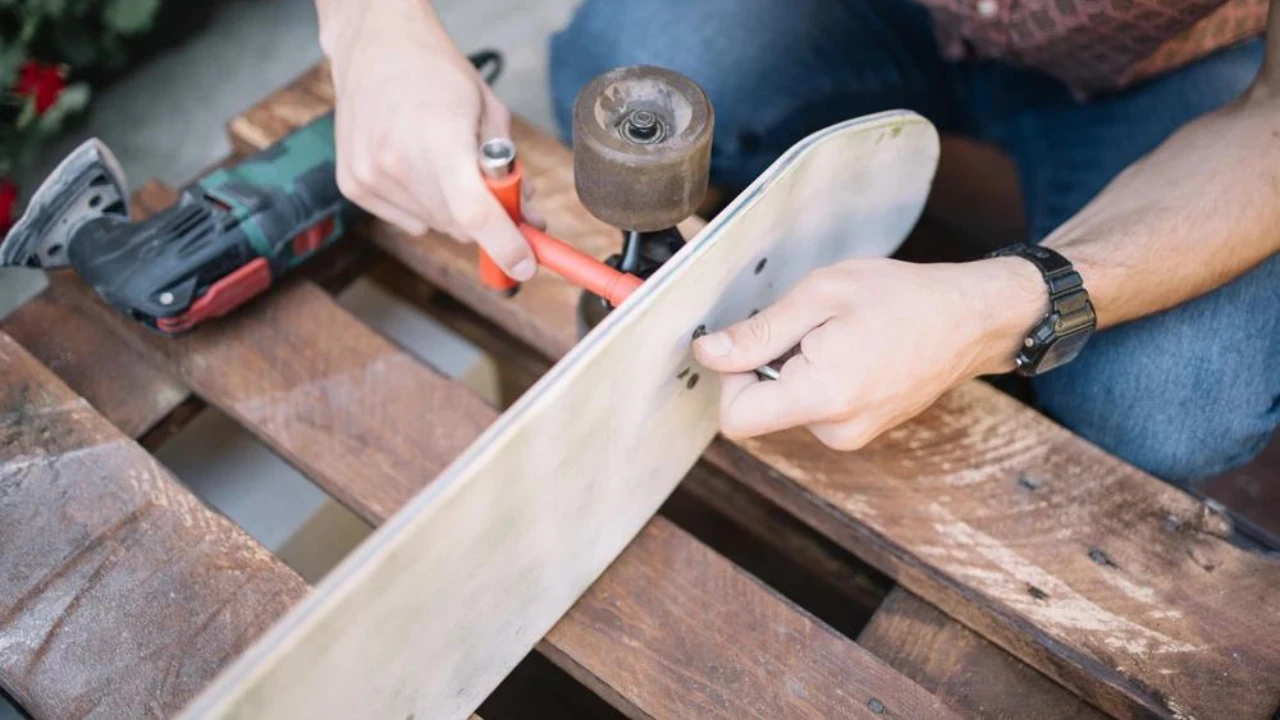
Outdoor activities were initially called “sidewalk surfing. “This term denotes the sport that Southern California surfers adopted during lulls in the waves or when their waves were too small to ride. The surfers mimicked the tricks, maneuvers, and body movements they performed on the waves on the concrete boardwalks and asphalt of coastal towns. In those days, skateboarding was all about primitive, homemade boards with no smooth wheels, bearings, half-pipes, helmets, or protective pads. In SoCal, however, a revolution was about to take place.
“In the garage, skateboarders would make homemade boards from found and borrowed parts,” explains Matt Berger, the author of “The Handmade Skateboard.” “It makes sense that an entire industry of specialized makers would be eager to innovate.”
How did skateboarding come about?
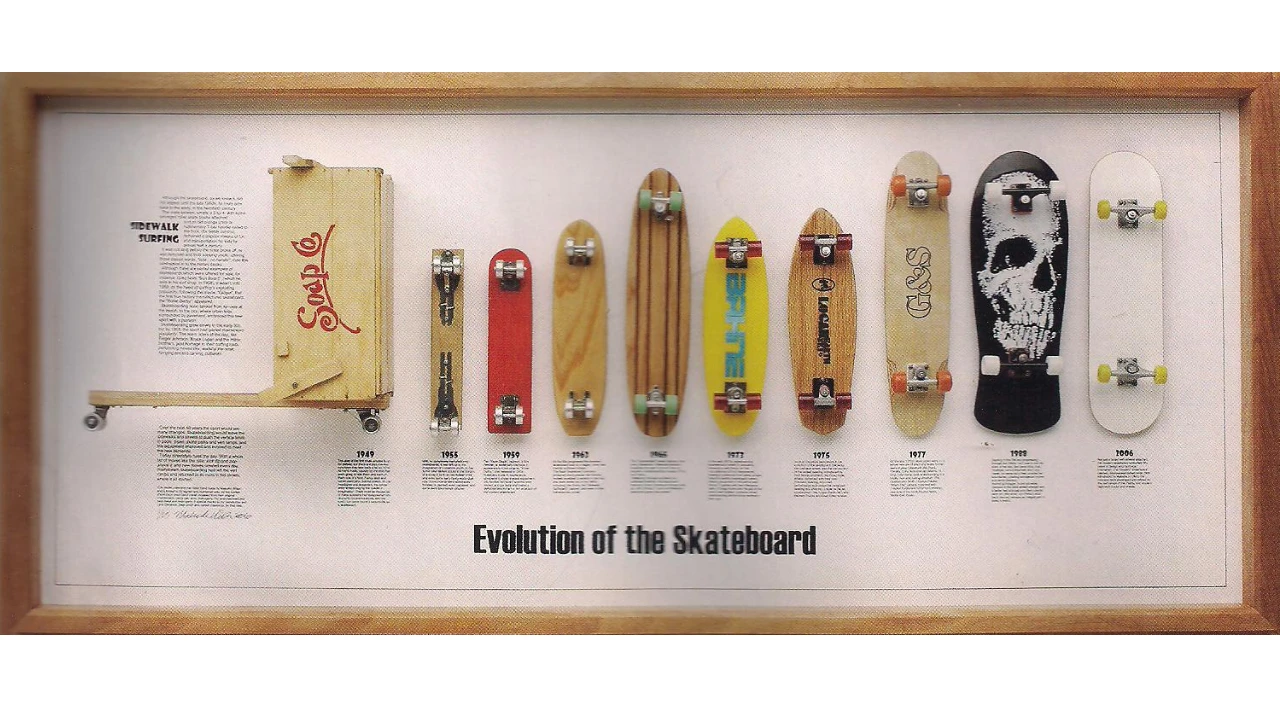
During the late 1940s and early 1950s, skateboards were designed and manufactured for the first time in the history of skating. Several youngsters were using the Flexible Flyer sled around the same time to have fun, even though it is not possible to identify its sole creator and inventor.
Skateboarding was invented. In the late 1940s, surfers in California sought a land-based alternative, leading to the creation of skateboards. The sport evolved with innovations like urethane wheels in the ’70s. Today, skateboarding is a global phenomenon, blending athleticism and creativity.
In the late 1960s, when kids first started using skateboards, they weren’t putting the handles back on their scooters; they were just riding the planks without the handles. The skateboards evolved from toys to a form of transportation.” At the slightest crack and as the wheels wore down, teens surfed barefoot over unforgiving metal wheels. Initially, gimmicky products like the Roller Derby skateboard with metal wheels and the Scoot Kit cashed in on the hype.
“A rolling plank of wood largely influenced skateboard design and construction during its adolescence,” says Matt Berger.
A few companies led by skaters and surfers were able to create specialized products and turn them into lucrative enterprises. In the early days of skateboarding, Bill Richard and Richard Lawrence “Larry” Stevenson were two key figures who helped shape the design of what we now call skateboards.
Larry Stevenson – The Pioneer
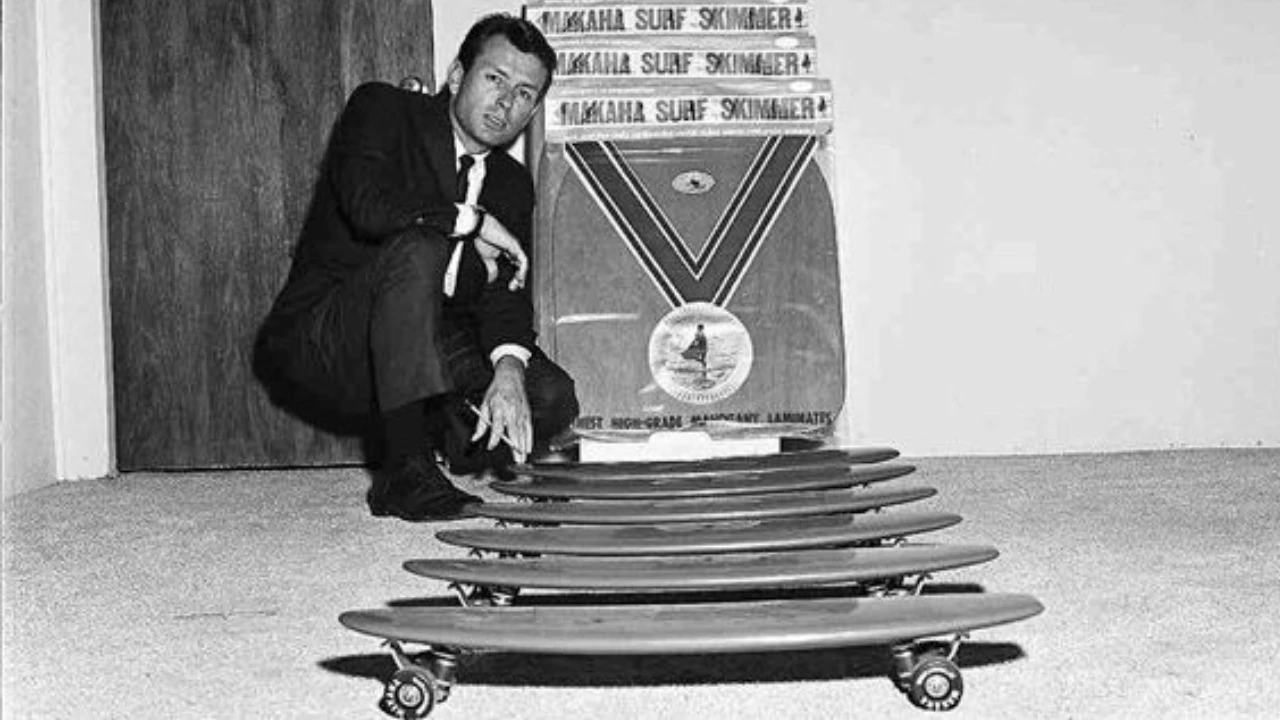
While the early versions of skateboards were basic and homemade, it was Larry Stevenson who revolutionized the design and popularized the sport. In 1963, Stevenson developed the first commercial skateboard with a kicktail and clay wheels. His creation, named the “Makaha Skateboard,” marked a significant leap forward in skateboard technology, providing riders with greater control and maneuverability.
Stevenson’s Makaha skateboard became an instant hit, leading to the formation of the first professional skateboard team and the establishment of skateboarding competitions. Larry Stevenson’s contributions played a pivotal role in transforming skateboarding from a simple pastime to a legitimate sport with a growing community.
The Urethane Wheel Revolution
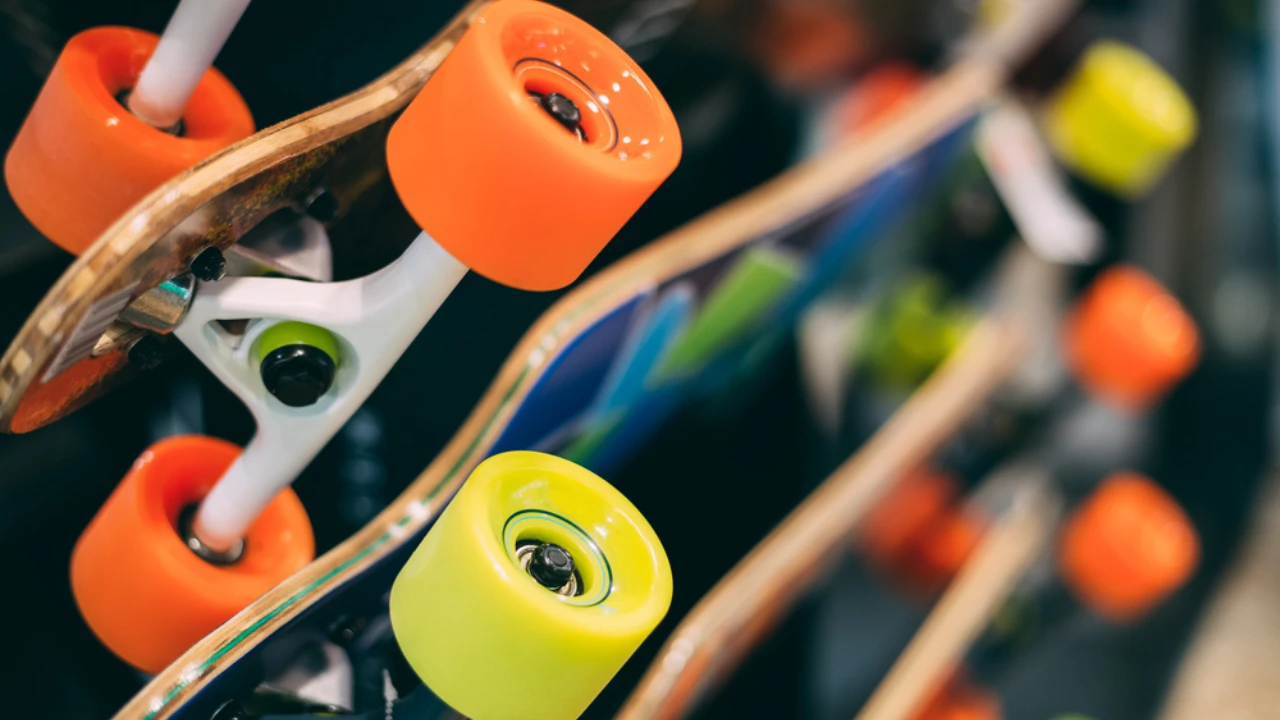
The 1970s witnessed a game-changing development in skateboard technology with the introduction of urethane wheels. Previously, skateboard wheels were made of metal or clay, providing little traction and a harsh ride. In 1972, Frank Nasworthy, an avid skateboarder, introduced the first commercially available urethane wheels. This innovation significantly improved skateboard performance, allowing riders to execute smoother turns and land more tricks.
Rodney Mullen – The Freestyle Innovator
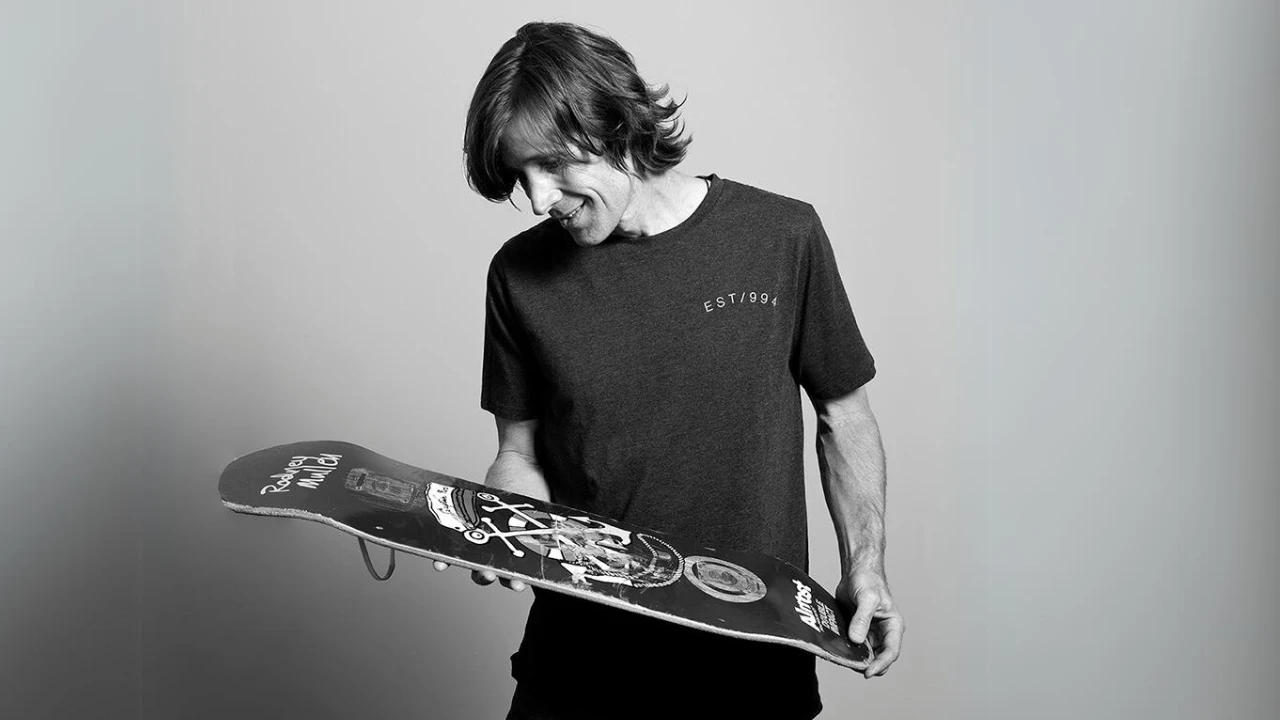
As skateboarding continued to evolve, a new generation of innovators emerged, with Rodney Mullen standing out as a pioneer in freestyle skateboarding. Mullen is credited with inventing numerous tricks, including the ollie and kickflip, which laid the foundation for modern street skateboarding. His technical prowess and inventive approach to the sport have left an indelible mark on skateboarding culture.
Final Thoughts about Who Invented Skateboarding
While the roots of skateboarding trace back to the inventive spirit of many, key figures such as Larry Stevenson, Frank Nasworthy, and Rodney Mullen have significantly influenced its evolution. Their contributions, from the era of homemade sidewalk surfers to the contemporary realm of high-flying tricks, have forged a lasting legacy. Recognizing and appreciating these visionaries is essential in understanding the rich and dynamic history of skateboarding, unveiling the answer to the question of who invented skateboarding.

